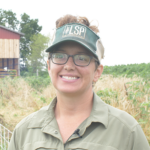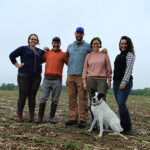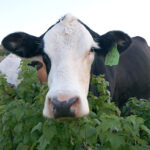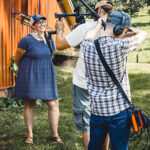This past harvest season was a special one. The first orchard trees I planted had finally grown big enough to climb. And at four years old, my daughter was ready to be a big kid and climb up and away. Even better, it was the first real bumper apple crop for these trees. My heart grew an extra size.
Similar feelings arise as I reflect on ten years of the Savanna Institute growing up. What an incredible privilege it’s been to help build an organization dedicated to unlocking the power of trees on farms to make the world better for our kids. My heart is full of thanks for all of you who have joined with us to bring this vision to life, in our shared belief that the world needs more of this.
Increasingly, even the establishment has to agree. I recently had the honor of representing the Savanna Institute at the USDA’s 99th annual Agricultural Outlook Forum. To a room of the USDA’s top brass and agribusiness big cheeses, I shared our work to catalyze widespread agroforestry. Ten years of research and outreach to Midwestern farms built my case for why agroforestry — diversified, perennial crop and livestock systems that feature trees — offers a viable climate solution, one that also generates ecological resilience, economic opportunity, and food security. Highlighting the need to move on from the “get big or get out” mantra, the Secretary of Agriculture said in his own address to the Forum, “It’s not just get big, it’s diversify. It’s create multiple profit centers in your farming operation.”
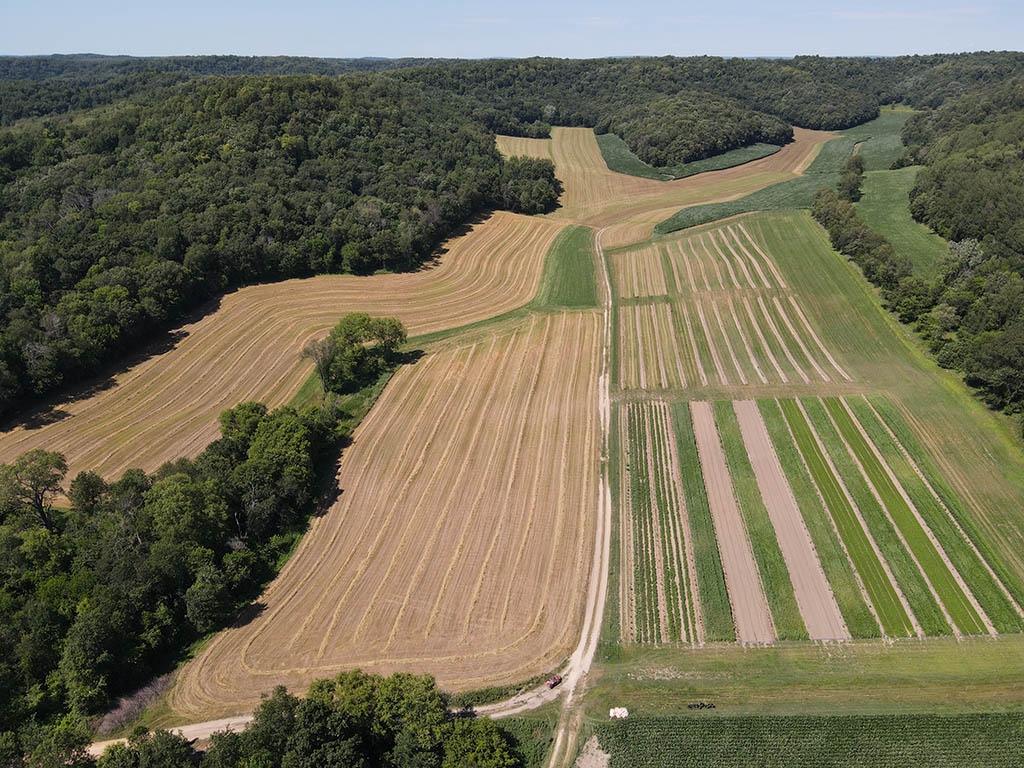
At the Savanna Institute, planting trees is about something much bigger. Trees are only one way to bring us closer to a world that is more fair, just, and whole; we know that trees alone are not enough to create the systems-level change we need. But we also know that the promised land surely includes our children enjoying the fruits of our labor and climbing trees full of birdsong.
There’s a lot needed to fully realize agriculture’s powerful potential to become a just and lasting climate solution. Improved perennial crops, diverse cropping systems, integrated livestock, and appropriate technology. Fair labor standards, just land reform, and holistic social support systems. Equitable policies, reliable markets, sensible incentives, and resilient food systems. Intact ecologies, cohesive human communities, and participatory governance systems. Without all these pieces coming together to support transformation, we can’t just ask farmers to change their ways and become climate heroes. More than just the pieces, we need a revival of our vision of agriculture — as J. Russell Smith, Leah Penniman, and many others have noted — and a renewal of the social contract with farmers.
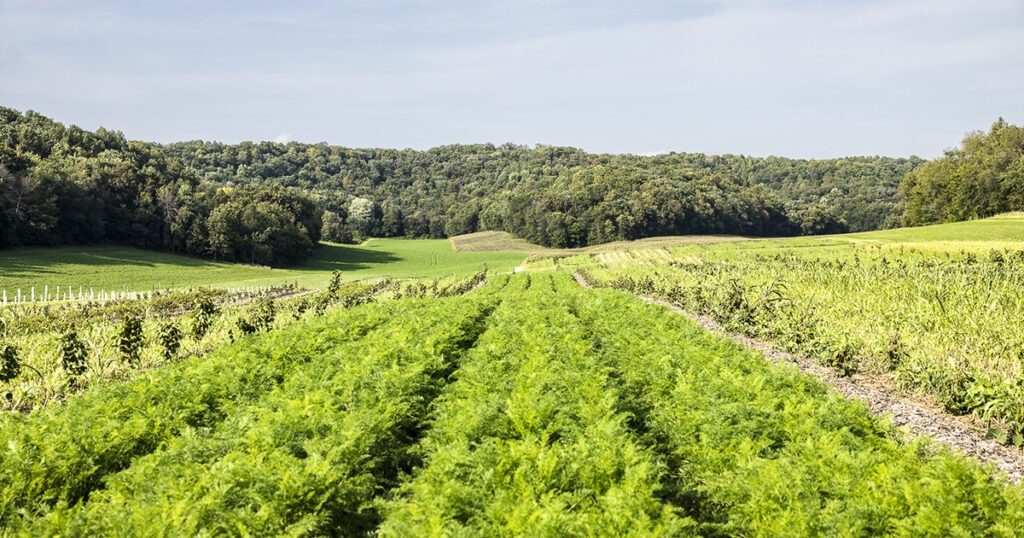
Ten years ago
When the Savanna Institute was started by a volunteer group of farmers, graduate students, and friends in central Illinois, it was hard to imagine how much we could change (page 6). But we hung out our shingle and issued a rallying call for people who shared our vision for a more perennial and diverse agriculture. There wasn’t yet a team in the field assisting landholders in implementing thousands of acres of agroforestry each year (page 16), nor was there a farm management business making it easy for landholders to choose agroforestry (page 26). There wasn’t a network of demonstration farms (page 18), nor an 800-acre farm campus dedicated to agroforestry R&D, advanced training, and public engagement (page 19). There wasn’t a tree crop improvement program using cutting edge plant science to level the playing field for perennial crops (page 24). There wasn’t a youtube channel and a podcast reaching new audiences with practical and inspiring media about perennial agriculture (page 12). The secretary of agriculture wasn’t calling to diversify farms, nor were senators talking about agroforestry in the farm bill.
Ten years in
All that and more is happening, thanks to you and everyone who has been a part of Savanna Institute’s growth. Thanks to the small group in central Illinois ten years ago who donated their time. Thanks to the original Native stewards of oak savannas, who continue to partner with the land here to co-create one of the most productive, resilient, and beautiful agroecosystems humans have ever lived in. The hallmarks of oak savannas — deep roots, diversity, abundance, and human co-creators — give us a vision for what farming of the future needs to look like. If the last decade has taught me anything, it’s that this why of Savanna Institute makes possible the amazing what of our work. Read our special 10-Year Perennial Report to learn about these whats: all our work to open doors for more trees on farms. And note the how: all supporters, foundations, and other funders who share this vision for the why. Thank you all for making it possible.
What will the next ten years bring?
The why will remain: we will always need deep-rooted, diversified agriculture, and long after we cease burning fossil fuels, we’ll need trees to keep drawing carbon out of the atmosphere. The what will evolve to meet the needs of farmers and other stakeholders, from the building blocks of developing improved tree crop varieties, to the mortar of partnerships that hold together resilient food and farming systems. The how depends on you—the who!—and the community of supporters that believe in the Savanna Institute as a crucible for transforming our relationships with the land and each other.
Whether you’re already a part of the who, or if reading this is your first introduction to the Savanna Institute, I invite you to join us for the next ten years. Come to a farm field day or the Perennial Farm Gathering (page 21). Check out a video or podcast (page 12). Become a monthly sustaining donor (page 2). One way or another, please join us. We need you to find your part in developing an agriculture where we nourish each other, as we strive together to be good ancestors in a geography of hope.
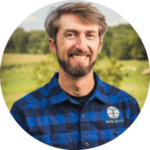 Perennially grateful,
Perennially grateful,
Keefe Keeley
Executive Director


